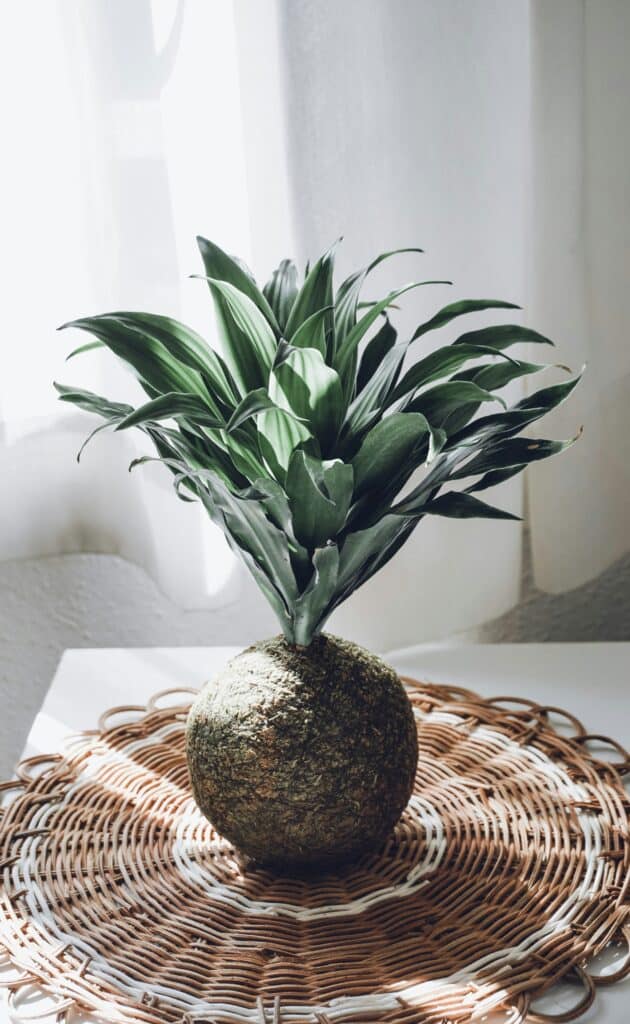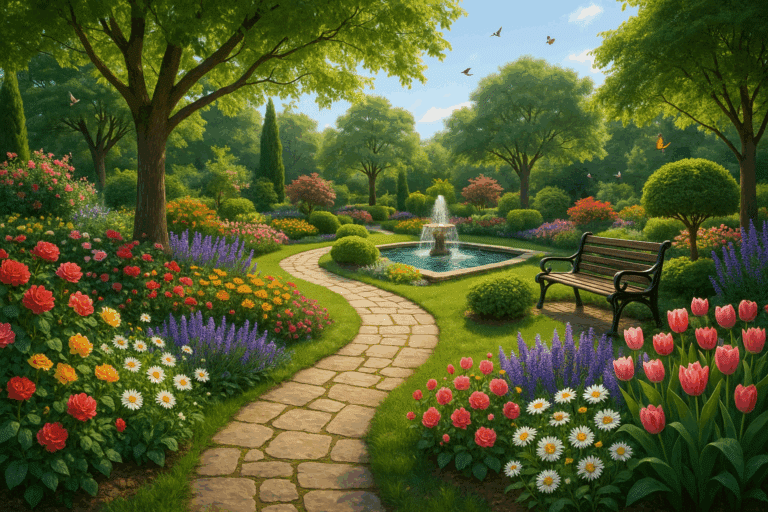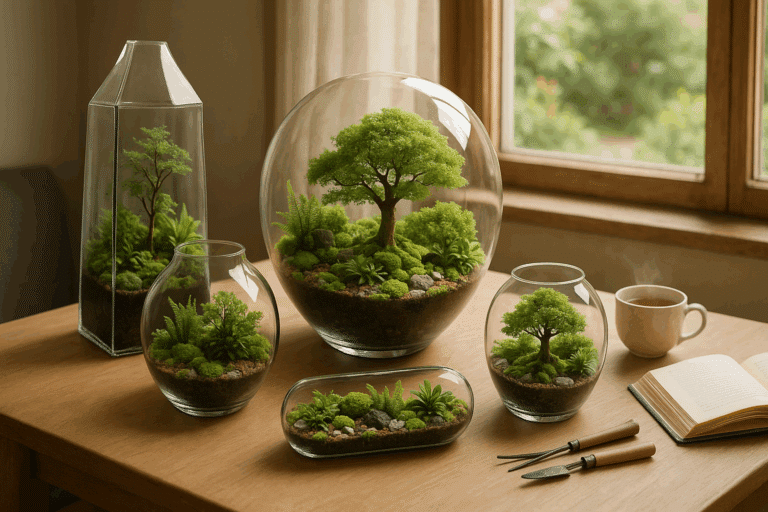This unique, Japanese gardening technique not only adds a touch of elegance to your living space, but it also connects you to nature in an intimate, hands-on way. In the forthcoming sections, we’ll delve deeper into the art of Kokedama and how these stylish and eco-friendly plant decorations can elevate the aesthetic appeal of your home.

Beyond being visually appealing, Kokedama hanging balls hold a deep cultural significance. Stemming from the Japanese words for moss (“koke”) and ball (“dama”), Kokedama is a centuries-old technique where the plant’s roots are encased in a spherical ball of soil, then wrapped in moss. This innovative planting method not only creates a striking visual but also caters to the plant’s needs in a sustainable way. In the sections ahead, we’ll guide you through the history, making, and maintenance of Kokedama.
The benefits of bringing nature indoors have been widely documented. From improving air quality to boosting mood and productivity, indoor plants are a simple and effective way to enhance your environment. And when these plants come in the form of Kokedama hanging balls, the results are nothing short of stunning. So, whether you’re an experienced gardener or a newbie looking to add a green touch to your home, stay tuned as we unravel the magic of Kokedama hanging balls and their eco-friendly appeal.
🌿 Understanding the Concept of Kokedama
Kokedama (苔玉), which translates directly to “moss ball” in Japanese, is more than just a planting method—it’s a living expression of art and nature, deeply rooted in centuries-old horticultural tradition and spiritual aesthetics. This beautiful gardening technique originated as an offshoot of bonsai and draws heavily on the principles of Wabi-Sabi, the Japanese philosophy that embraces imperfection, impermanence, and simplicity.
In practice, kokedama involves encasing a plant’s root system in a ball of soil, which is then wrapped in a layer of moss and bound with string. It is both sculptural and organic—a fusion of function and form, container and content. Often referred to as “the poor man’s bonsai,” kokedama democratizes plant art by being accessible, affordable, and infinitely customizable.
Whether hung from the ceiling, displayed on a ceramic dish, or nestled in a shadowed corner, each moss-wrapped orb is a tiny, self-contained world. Kokedama speaks to our desire for connection with the natural world, especially in urban environments where soil and greenery may be scarce.
The Ecological and Aesthetic Impact of Kokedama
One of kokedama’s most compelling advantages is its eco-friendly nature. Unlike traditional potted plants that rely on ceramic or plastic containers, kokedama uses biodegradable and natural materials, including:
- Sphagnum moss or sheet moss
- Akadama or bonsai soil
- Compostable twine or natural string
- Organic clay-based mediums
By eliminating plastic pots and utilizing moss and soil as the structure, kokedama promotes sustainable gardening. The moss covering itself is a natural insulator that helps retain moisture, reducing the frequency of watering and helping to regulate the plant’s temperature.
Furthermore, by incorporating indoor plants through kokedama, you’re also helping to:
- Improve air quality
- Humidify indoor spaces
- Lower stress levels
- Boost mood and productivity
Plants like ferns, spider plants, ivy, and pothos used in kokedama are all excellent for natural air filtration, helping to remove toxins like formaldehyde, xylene, and benzene from your living space.
The Ecological Impact of Kokedama
The eco-friendly nature of kokedama comes from the use of natural and biodegradable materials. The plant, soil, and moss used in kokedama can all be sourced sustainably and have minimal environmental impact. The use of moss as a container also reduces the need for plastic pots, which can contribute to plastic waste.
In addition, kokedama helps to improve indoor air quality. Plants naturally filter the air, removing toxins and releasing oxygen. By bringing plants indoors with kokedama, you can create a healthier and more pleasant living or working environment.
🌱 Creating Your Own Kokedama Hanging Garden
The beauty of kokedama lies in its accessibility. With a few basic materials and a bit of care, anyone can create a stunning display that rivals even the most sophisticated planters.
📦 Materials You’ll Need
- A healthy, small indoor plant
- Bonsai or peat-based potting soil
- Akadama or clay soil (optional but preferred)
- Sphagnum moss or sheet moss
- Cotton or jute twine
- Scissors
- Water bowl or spray bottle
- Gloves (optional)
🌼 Step-by-Step Guide
Step 1: Select the Plant
Choose a plant suitable for your environment and lighting. Ideal options include:
- Ferns (Boston, maidenhair, bird’s nest)
- Ivy (English ivy, variegated forms)
- Pothos (golden, marble queen)
- Spider plant
- Orchids (for advanced kokedama)
- Herbs (mint, thyme, parsley)
Step 2: Prepare the Soil
Mix 70% potting soil with 30% clay soil or bonsai mix. Add water slowly until the mixture is damp enough to clump and hold a ball shape.
Step 3: Form the Soil Ball
Create a compact ball of soil roughly the size of a grapefruit. Press firmly to eliminate air pockets.
Step 4: Remove the Plant from Its Pot
Gently shake off excess soil from the roots, but avoid washing them entirely clean. Trim any unhealthy roots.
Step 5: Insert the Plant into the Soil Ball
Make a small hole in the soil ball and insert the plant’s roots. Mold the soil around the base, ensuring it’s snug.
Step 6: Wrap with Moss
Soak your sphagnum moss until it’s soft and pliable. Wrap it around the soil ball until it’s fully covered.
Step 7: Bind with String
Use twine or string to wrap around the moss ball multiple times, crisscrossing and securing it tightly. Leave a longer string tail for hanging if desired.
Step 8: Hang or Display
Choose your display style—suspended, on a dish, or grouped with others. Each approach offers its own charm.
🌟 Displaying Your Kokedama: Indoor Garden Ideas
Kokedama is versatile, fitting into many interior aesthetics. Consider the following styles:
✨ Hanging Forest
Hang multiple kokedama at different heights in front of a window or from a ceiling hook. Use invisible fishing line for a floating effect.
✨ Floating Shelf Installation
Line several kokedama along an open shelf with wood, glass, or marble backing for a serene, curated vibe.
✨ Zen Centerpiece
Place a single kokedama on a ceramic or slate tray with white pebbles, sand, or candles to create a tranquil focal point.
✨ Terrarium Companion
Combine kokedama with other terrarium or bonsai elements for a miniature ecosystem filled with texture and life.
💧 Proper Care and Maintenance
Kokedama is surprisingly low-maintenance, but success depends on a few consistent habits:
💦 Watering
Frequency depends on plant species, climate, and indoor humidity. Generally, every 5–10 days works.
How to Water:
- Submerge the kokedama ball in a bowl of water for 10–20 minutes
- Wait until bubbles stop rising
- Gently squeeze to remove excess water
- Let it drip dry before rehanging
🌞 Lighting
Most kokedama plants prefer bright, indirect sunlight. Avoid direct sun, which can burn leaves and dry out the moss.
✂️ Pruning and Rotation
- Remove yellowing or dead leaves as needed
- Rotate hanging kokedama occasionally to ensure even growth
- Trim roots and remount in fresh moss every 6–12 months
🧼 Cleaning and Freshening
- Mist moss occasionally to keep it green and pliable
- If moss browns or decays, replace with fresh sphagnum
- Clean string or replace if mold forms
🌺 Best Plants for Kokedama by Room
To optimize both function and beauty, match plants to the room’s environment:
🛋️ Living Room
- Pothos
- Fiddle-leaf fig (small specimen)
- Peperomia
🍽️ Kitchen
- Herbs like mint, oregano, basil
- Spider plant
- Air plants
🛏️ Bedroom
- Lavender
- Ferns
- English ivy
🛁 Bathroom
- Mosses
- Asparagus fern
- Nerve plant
Bathrooms with natural humidity provide an ideal microclimate for kokedama, especially moisture-loving plants.
🌍 Kokedama as a Sustainable Living Statement

Kokedama isn’t just a decor choice—it’s a statement about living mindfully and sustainably. Here’s why:
♻️ Minimal Waste
With no plastic containers and natural, biodegradable materials, kokedama contributes to zero-waste gardening.
🌱 Reusable and Renewable
Moss and string can be refreshed, and soil reused in other projects. Even expired kokedama can be composted.
💚 A Gateway to Slow Living
Caring for plants encourages a slower, more mindful pace of life. It demands observation, presence, and reverence for growth cycles.
🧘 Mindfulness Through Moss: The Meditative Aspect
The creation and care of kokedama offer a form of gardening therapy. The tactile nature of working with soil, moss, and living roots invites calm, meditative attention.
Psychologically, kokedama supports:
- Reduced anxiety through focused, gentle work
- Creative expression via plant arrangement and styling
- Tactile grounding during stressful moments
Many practitioners find that tending to their kokedama becomes a daily ritual—akin to watering peace, not just plants.
⚠️ Troubleshooting Common Kokedama Issues
Even seasoned growers can face challenges. Here’s how to address common kokedama concerns:
| Problem | Cause | Solution |
|---|---|---|
| Moss drying out too fast | Low humidity or too much sun | Mist daily, use humidity trays, move away from direct sun |
| Mushy or moldy soil | Overwatering | Water less frequently, squeeze excess water, improve airflow |
| Wilting plant | Underwatering or root rot | Check root health, soak or repot if needed |
| String discoloration | Age or water damage | Replace with new twine or wrap a decorative outer layer |
| Brown moss | Moss is old or dried | Replace with fresh sphagnum or sheet moss |
🎉 Beyond Basics: Creative Kokedama Variations
Kokedama is highly adaptable. Once you’ve mastered the basics, try these exciting twists:
- Double kokedama: Two moss balls fused together—one for roots, one as display base
- Driftwood kokedama: Attach moss balls to a gnarled wood base for artistic impact
- Wall kokedama: Mount kokedama to vertical slats or mesh frames
- Colored moss: Use dyed reindeer moss for color-themed rooms
- Macramé hangers: Pair with handmade macramé for a boho vibe
🏡 Bringing the Wild Home
Kokedama represents the intersection of botanical craftsmanship and ancient wisdom, making it a timeless art form for modern living. Whether you’re looking to green your space, unwind through plant care, or make a stylish, sustainable design statement, kokedama is a powerful and poetic solution.
These moss-wrapped jewels ask only a little water and light, yet return much more—beauty, serenity, and a connection to nature’s quiet rhythms.
So gather your moss and soil, pick your favorite plant, and start wrapping. Let your fingers create what your heart longs for: something alive, beautiful, and rooted in care.
🪴🌿✨
Conclusion
In conclusion, “Bring Nature Indoors with Kokedama Hanging Balls – Elevate Your Space with Stylish and Eco-Friendly Plant Decor” embodies a captivating blend of aesthetics and sustainability. This décor approach not only enhances the appeal of your indoor spaces but also contributes to a greener and healthier environment. The Kokedama hanging balls offer a unique, visually stimulating, and refreshing touch to your interiors, establishing a strong connection with nature.
These eco-friendly decorations, steeped in Japanese tradition, are more than just a design element. They stand as a symbol of our responsibility to care for the environment. When implemented, they can transform any space into a tranquil sanctuary, promoting wellbeing and stress relief. The cultivation and maintenance of these hanging balls also introduce a rewarding, hands-on hobby, further fostering a sense of peace and satisfaction.
Transitioning to such sustainable décor options like Kokedama is a valuable step toward an eco-conscious lifestyle. This can inspire others to make similar changes, culminating in significant positive impacts on our planet. Therefore, Kokedama hanging balls are not just about bringing nature indoors; it’s about preserving that nature for generations to come.
So, let’s embrace this stylish and eco-friendly plant décor, fostering a deeper bond with nature while beautifying our spaces. Let your home be a canvas for growth, creativity, and sustainability—one moss-wrapped ball at a time. The journey begins with a single thread, a handful of soil, and the intention to live more harmoniously with the Earth. 🌿 Let it also be a testament to your commitment to beauty with purpose—a choice that speaks softly, yet leaves a lasting impact on both your home and the world around you.



